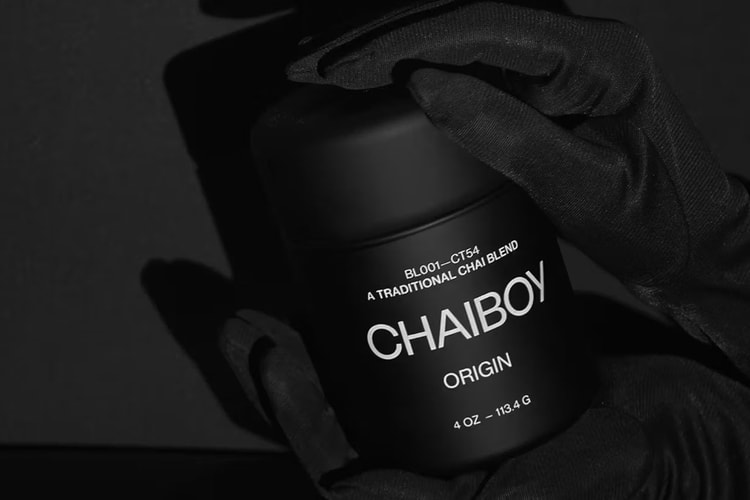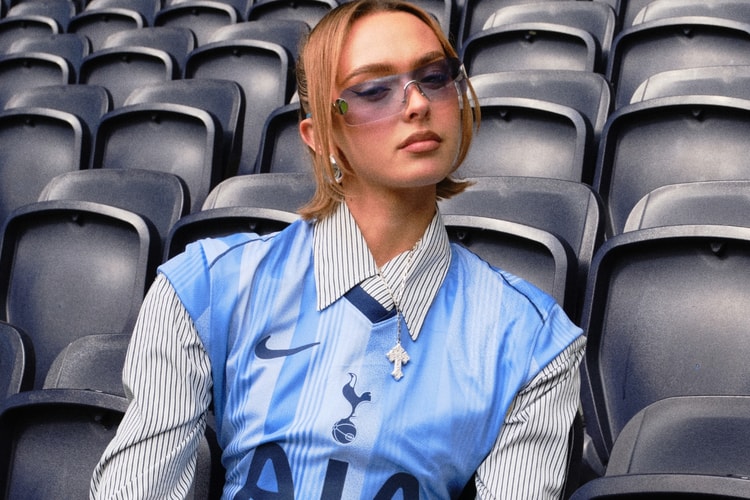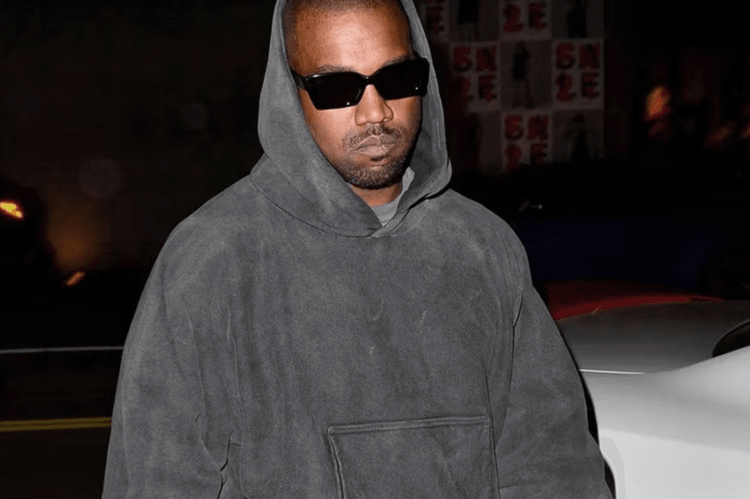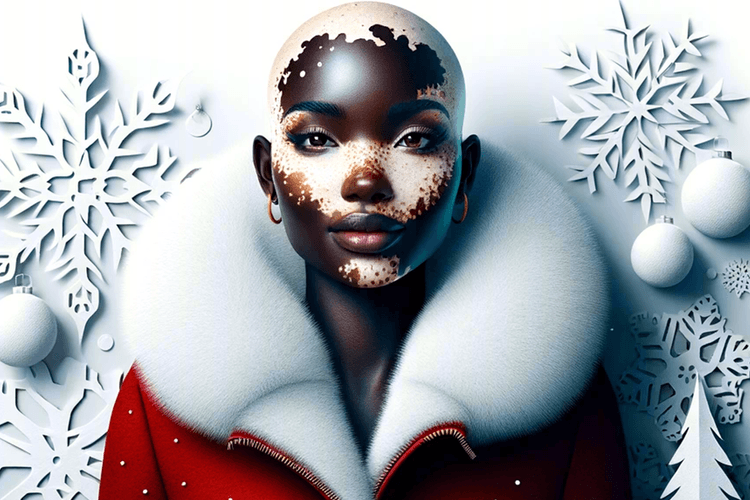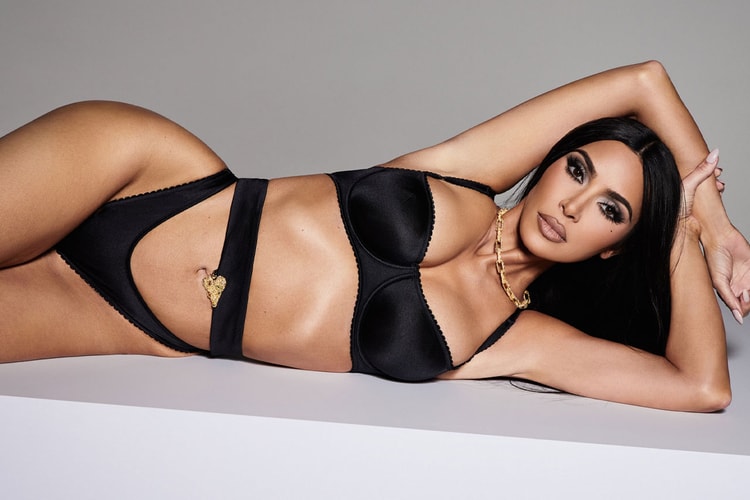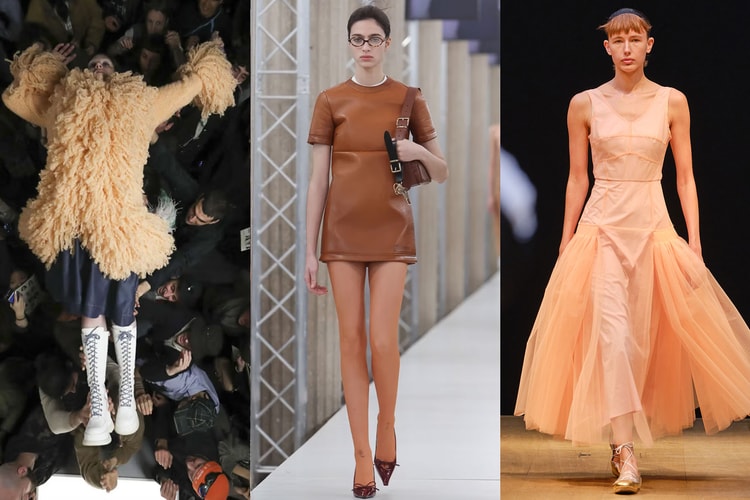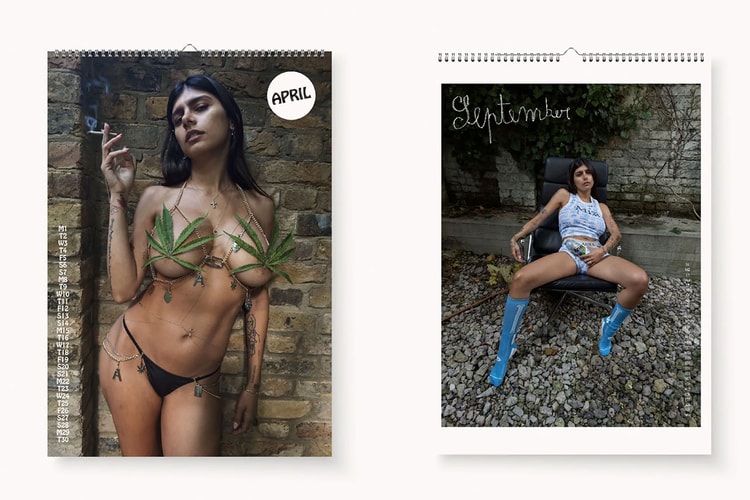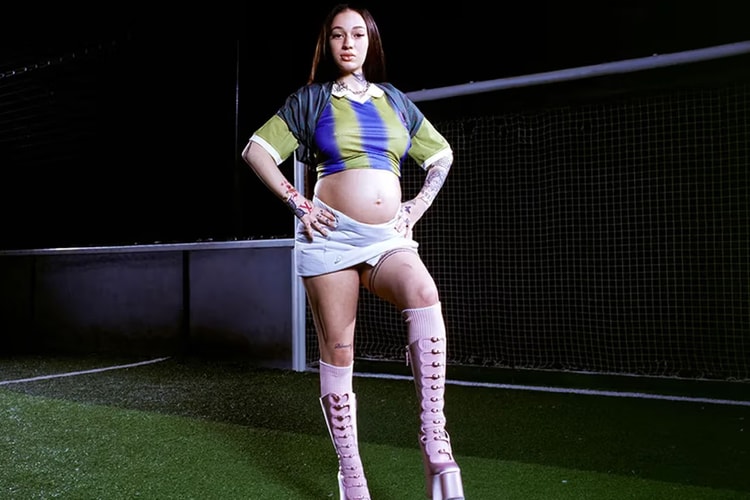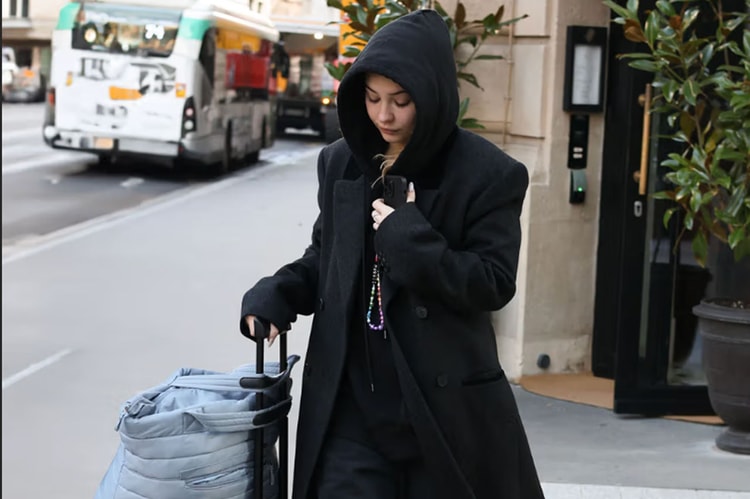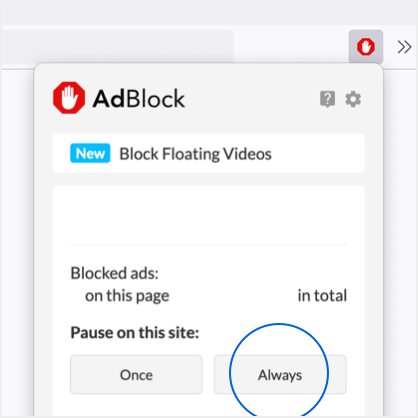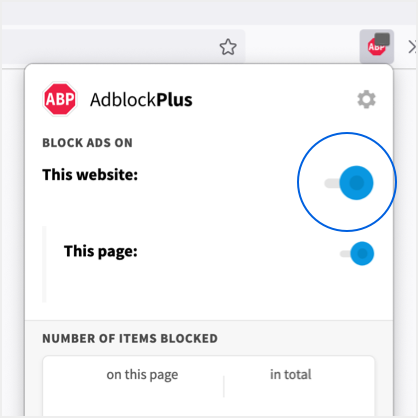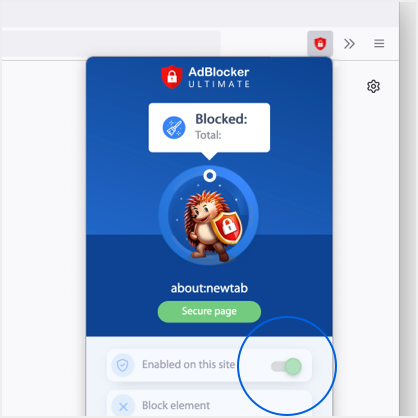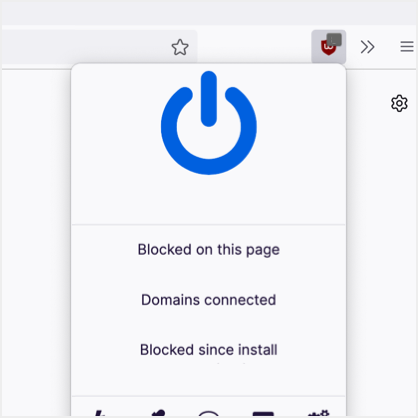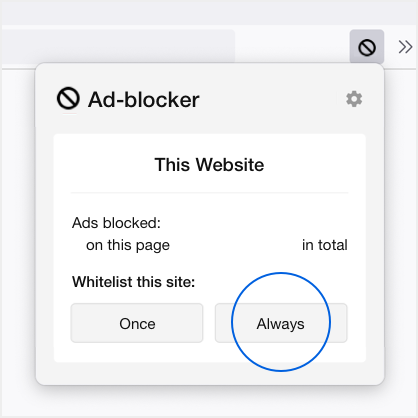
Embracing the Coil: South Asian Women Uproot Narrow Hair Beauty Standards
“My hair is my armor.” — Arooj Aftab
A cascade of dark ringlets frames Sunayana’s face, delicately catching the light as she moves. She wasn’t always so comfortable with her curls — in fact, the 28-year-old from San Francisco felt that her spirited curls were once a source of frustration rather than pride. Sadly, this is not a novel concept. The beauty world never allowed women like Sunayana to embrace their hair because they worshipped South Asian women with the stereotypical silky, straight hair as the only beauty standard.
“My hair type is a 3A and is very curly with defined coils,” Sunayana Basa shares. “I watched commercials for oils and shampoos where the marketing would be for smooth straight hair that didn’t look like mine. I spent a lot of time growing up straightening it or putting it up in buns and braids to ‘tame’ it.”
In South Asian culture, straight hair has long been the benchmark of beauty. This near-universal straight hair ideal reveals how the mane is intertwined with notions of femininity, social status and desirability. Besides advertisements and marketing campaigns, the Indian film industry, known colloquially as Bollywood, uses models that represent only one range of hair.

Straight hair is deeply rooted in patriarchy and prejudice that have trickled down from antiquated thoughts over the generations. For many South Asian women, their hair is considered currency that equates to their marital value. To put it simply: women with long, straight hair have an edge in finding a wedding prospect since the conception is that partners “desire” this look. Even still, the cultural conditioning runs deep. Mothers and grandmothers pass down hair straightening techniques and oiling techniques to daughters like precious heirlooms, believing it will boost their appeal and personal and professional prospects.
“Growing up, my grandma would always tell me to comb and oil my hair, but if I brush my hair with no oil, it gets incredibly frizzy. This was always a point of contention, because the comb and oil look did work with straight hair, which was what was considered attractive and I just didn’t fit the bill,” Basa shares.
Though professional methods like hair smoothing treatments and chemical relaxers provide a temporary reprieve for some South Asian women, at what cost? It causes hair damage over time and not to mention the “hair tax” and all the subsequent financial costs to repeated salon visits. There is also the heavy emotional toll born by many South Asian women when hair stylists lack competence with textured hair, making them feel alienated or “othered” in beauty salon spaces.

“South Asian women who have textured or curly hair have it hard. Some hair stylists will quit taking care of their curls. I always advise my clients of the important commandments of curly hair care like not brushing it when it’s dry, using deep conditioning products and moisturizing,” shares Gwenda Harmon, hairdresser and curly hair specialist at PowerYourCurls.
Facing stylists who do not know how to cut or style coiled or curly hair often forces uncomfortable conversations laced with subtle discrimination or outright ignorance regarding diverse hair types. These experiences, coupled with social media where influencers flaunt curls unseen in prior generations, are instrumental in more South Asian women rejecting hair straightening and redefining beauty standards. The only issue? The market lacks products to nourish, hydrate and define curly locks and women are finally speaking up against it.
“My hair type is 2C and without products it’s thick, frizzy and wavy,” said Anusha Sekhar, a 30-year-old pharmacist and artist from upstate New York. “Other kids, even in the Indian community, would label me as ‘the girl with noodle hair’ or ‘the girl with poofy hair.’ I tried several different hair gels, mouses and curling creams but did not feel like they eliminated the frizz out of my hair well so, I eventually gave up.”

In the wake of the pandemic, when South Asian women were embracing their hair’s natural texture, SHAZ & KIKS launched to combat the problem of a lack of hair products in the marketplace. Finally, women in their ’20s and ’30s were realizing their hair type and wanted to appreciate it instead of hide it. The biggest issue? The existing beauty market did not account for South Asian textured hair because it was not a demographic that was financially savvy for them.
“When we were formulating and testing, we realized that a lot of curly hair products currently on the market were too heavy for South Asian texture. Either they had too heavy conditioning agents or didn’t differentiate between porosity,” explains co-founder Kiku Chaudhuri.
In response, the brand worked closely with a chemist to create products that best serve their customer base. This often means speaking to the demographic directly and seeking feedback and information to develop formulas that actually work that are deeply rooted in Ayurvedic science. Once research is conducted, co-founder and sister Shaz Chaudhuri, an engineer by trade, then leads the innovation part of the formula development. The focus is on composition, texture, delivery form and sustainability to create a line of products that actually works.
The reception, so far, has been overwhelmingly positive especially as the brand entered the space when the textured-hair revolution started. But, there’s still more that is required. A genuine shift in beauty ideals calls for more than just individual acts of courage — open discourse and mass visibility are key accelerants.
For Arooj Aftab, a 27 year old British-Pakistani fashion industry inclusion consultant from Bradford, she has always loved her thick hair with loose curls despite having a twin sister who has silkier straighter hair. “My hair is my favorite feature and I’ve never felt the need or desire to conform to straight hair standards because my hair is my armor.” Despite her positive relationship with her hair, even embracing her existing greys, she notes how society needs consistent exposure through imagery and storytelling to normalize numerous textures of South Asian hair. “We need to start talking because hair types are not an everyday conversation. I do think South Asian products can be universally used, but the visual has always been silky, thick, straight hair. Let’s diversify these images,” Aftab adds.

For instance, campaigns by major consumer brands have tremendous power to seed this change on a broad scale. Conversation also fuels change. In fact, recently in the United States Bill S6528A was signed into law by Gov. Kathy Hochul with the intention to diveresify cosmetology school education so students are equipped with the knowledge and tools to work on all hair textures. The bill requires cosmetology graduates to know how to provide services to individuals with all hair types and textures, “Including, but not limited to, various curl or wave patterns, hair strand thicknesses and volumes of hair.”
This is an instrumental step in creating a comprehensive curriculum that mandates inclusive hair education. A true shift involves compounding small changes in dialogue and representation, where voices and images of these women are the norm, not the exception. There’s a long-overdue recognition from the beauty industry for textured and curly hair women and it’s time the landscape makes space without erasure.
This article was written by Pooja Shah, a London-based lawyer and freelance writer originally from New York. She covers fashion, beauty, wellness, travel and culture.




